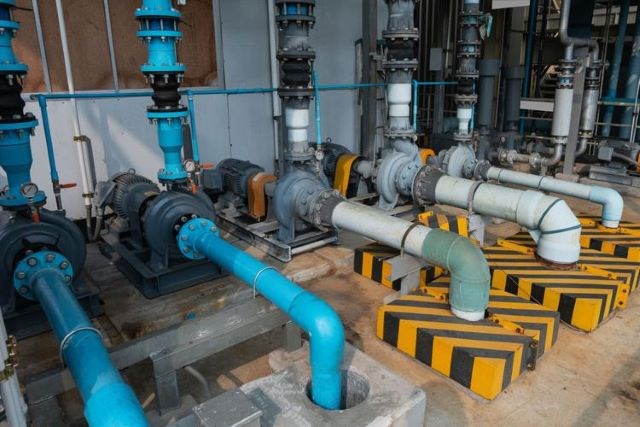York Region Public Health unit has a new tool in its arsenal to track and forecast COVID-19 trends.
“Wastewater itself has some advantages compared to case data,” Asim Qasim, manager of health protection, said.
Testing of wastewater — our poop — tracks asymptomatic people or individuals who are not getting tested across a broad population, and is a good complement to other tracking methods, he said.
“It’s a way to provide supplementary information to understand what’s going on in York Region communities.”
The wastewater data is now included on the region's public COVID-19 dashboard, with biweekly updates.
The Ministry of Environment, Conservation and Parks provided $12 million for wastewater testing programs throughout the province in March.
In York Region, the data comes from two sources: the central York Region watershed and western Vaughan watershed.
The effort tracks the SARS-CoV-2 viral signal that comes from the stool of people with COVID-19, measued as a “wastewater signal.” Initial data provided by York Region shows the signal has trended similarly to other COVID-19 trends in the region, dating back to November 2020.
The testing involves separating and isolating virus fragments from wastewater using centrifugation and chemical separations, according to the University of Waterloo, a partner in the initiative. York Region staff gather samples before sending them to the university team for analysis.
“A key advantage of this approach is that it is independent of community testing of individuals and can be used to monitor thousands or even millions of people in the community at the same time,” the university states.
Qasim said the region waited to include the information on its public dashboard to become more comfortable with the method and ensure consistency. York is using the data to track variants, such as the alpha variant that originated in the U.K. during the third wave.
“Wastewater was very helpful,” Qasim said, adding there was a lag before case data confirmed the rise of the variant. “Wastewater data was a bit more current.”
York plans to similarly track for the delta COVID-19 variant, which is garnering concern across the province. But Qasim said the methodology to track the variant through wastewater still needs work.
“Definitely having lots of conversations,” Qasim said. “We do currently try to look for the delta variant as well. We need to work on the methods.”
The decline in overall COVID-19 statistics also proves a challenge for variant tracking, Qasim said. York Region modelling is projecting less than 1,000 new cases from now until the end of August.
Even if the pandemic winds down in Ontario, Qasim said York Region will use the method to track any new variants that could emerge in the months to come. Discussions are being had about future applications, with plans in the United States to track other diseases like influenza.
“Thinking about where we go next and what we might be sampling,” Qasim said. “There’s a few applications there that could be considered.”



